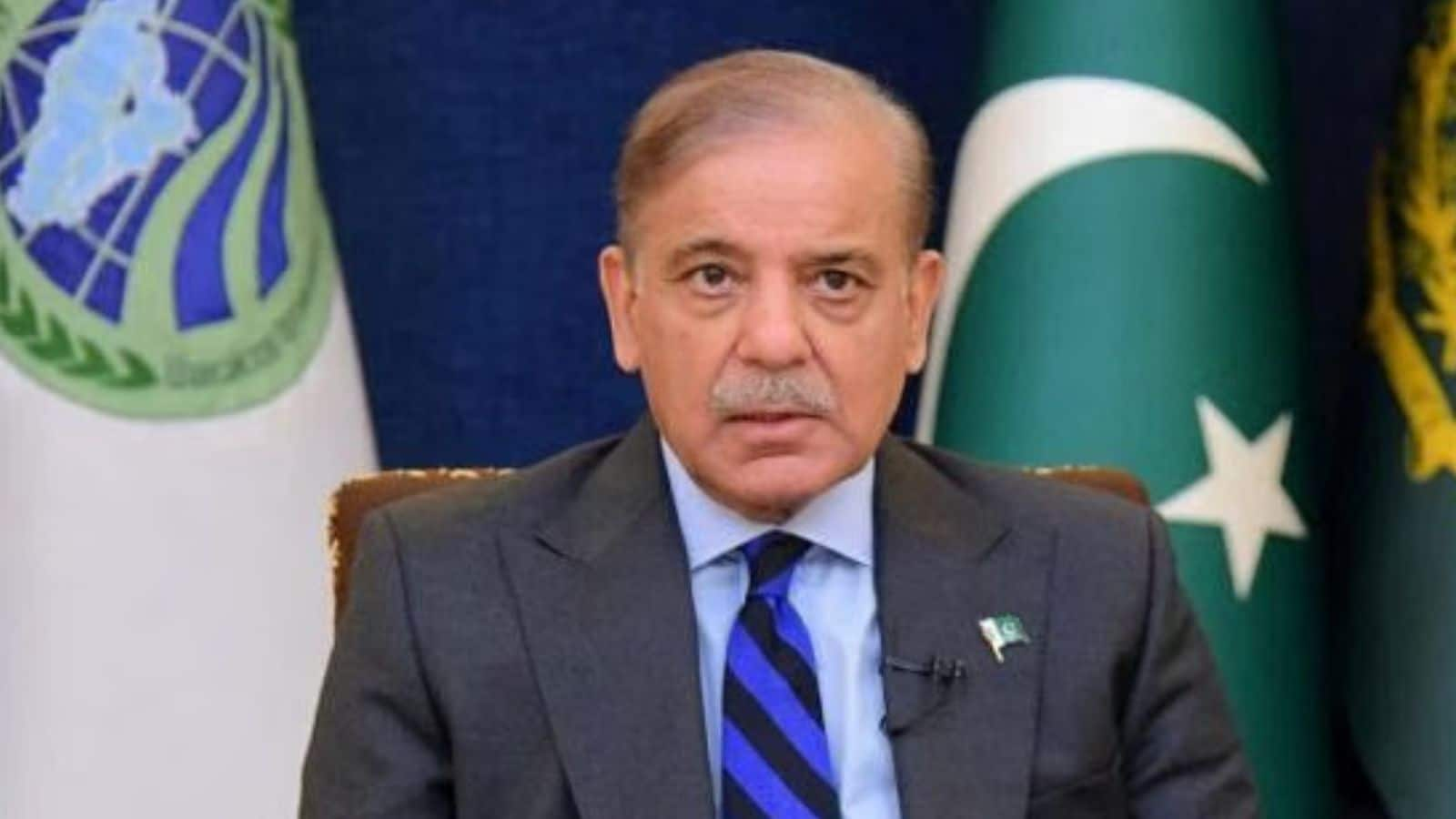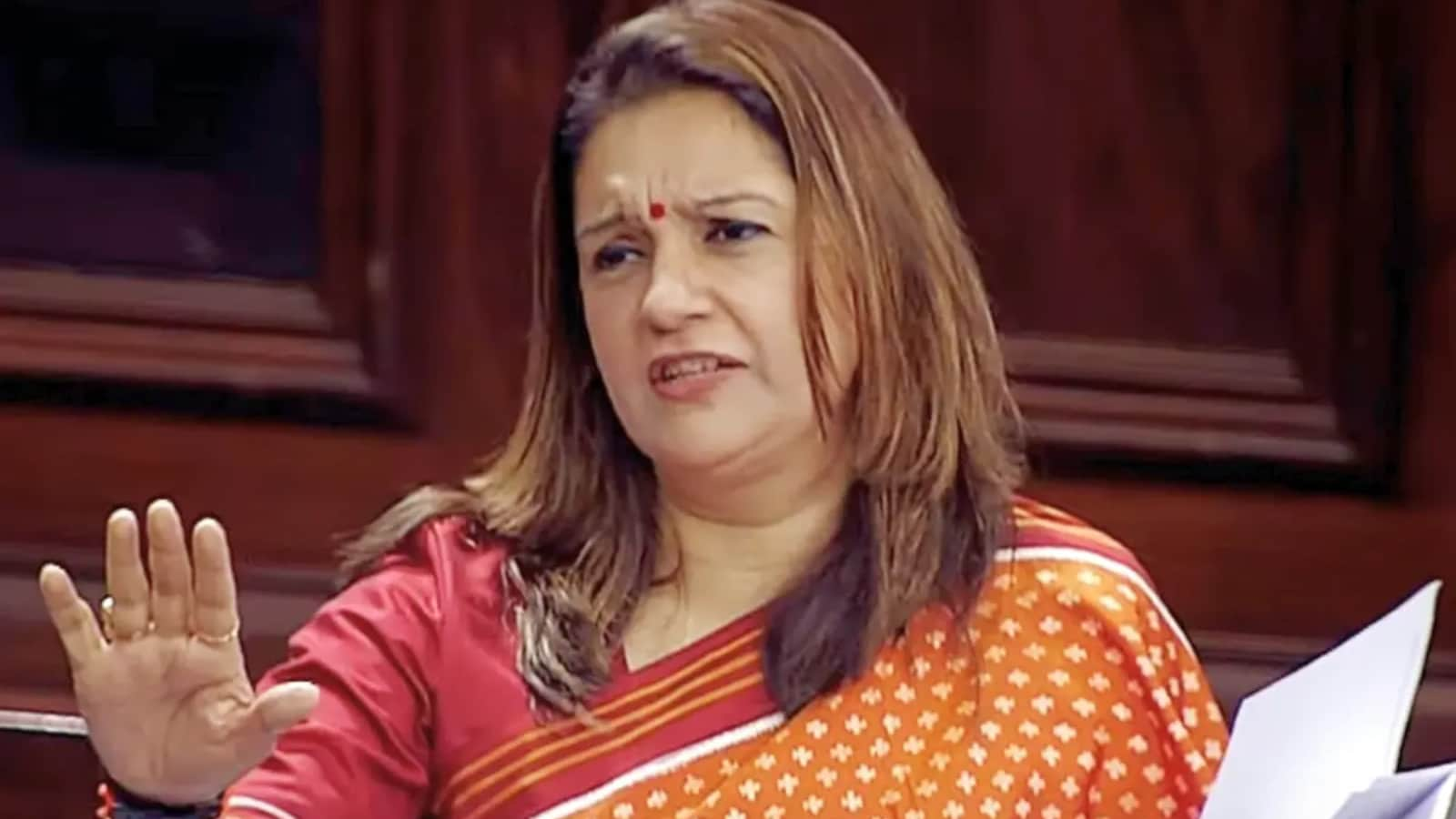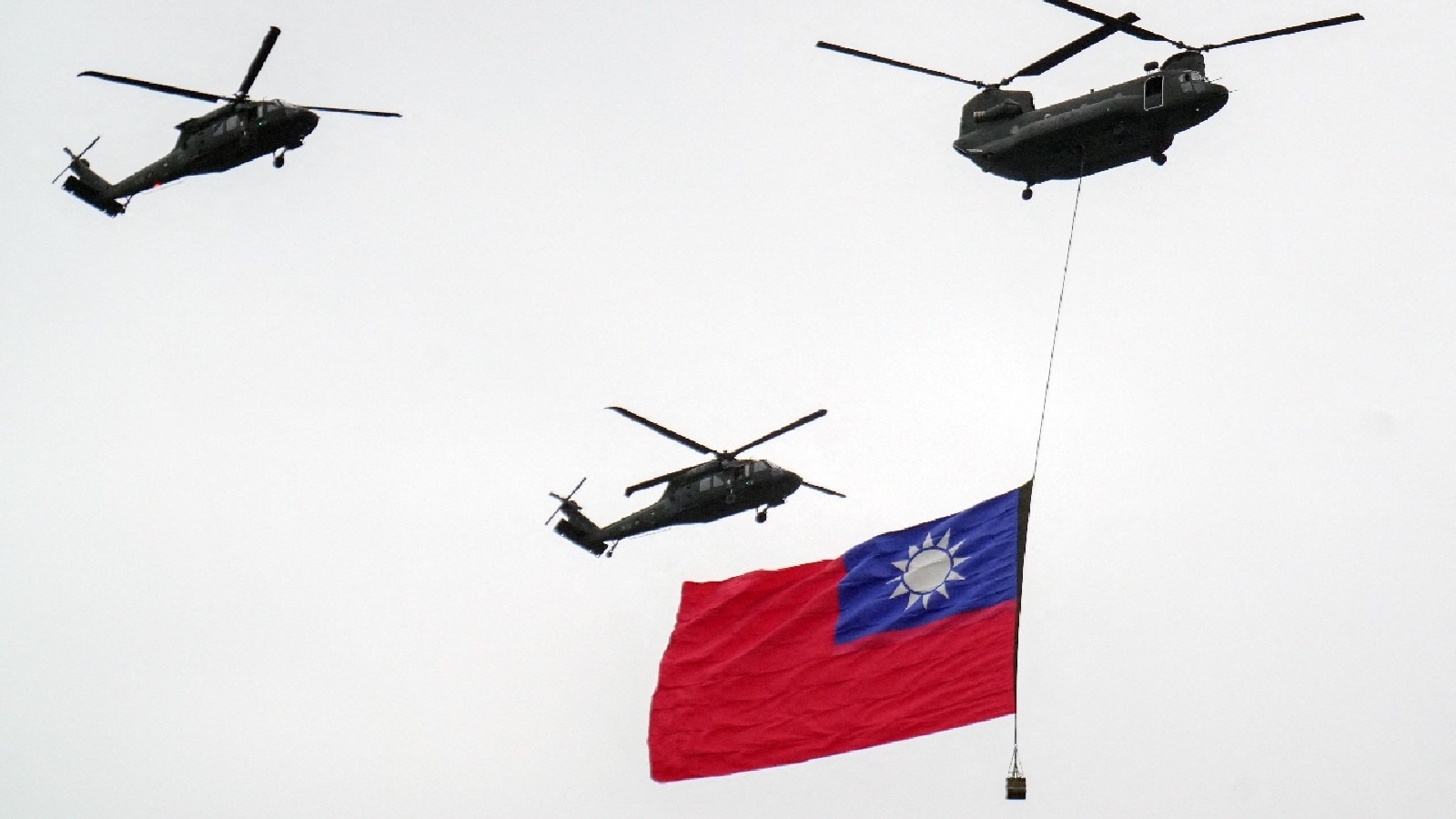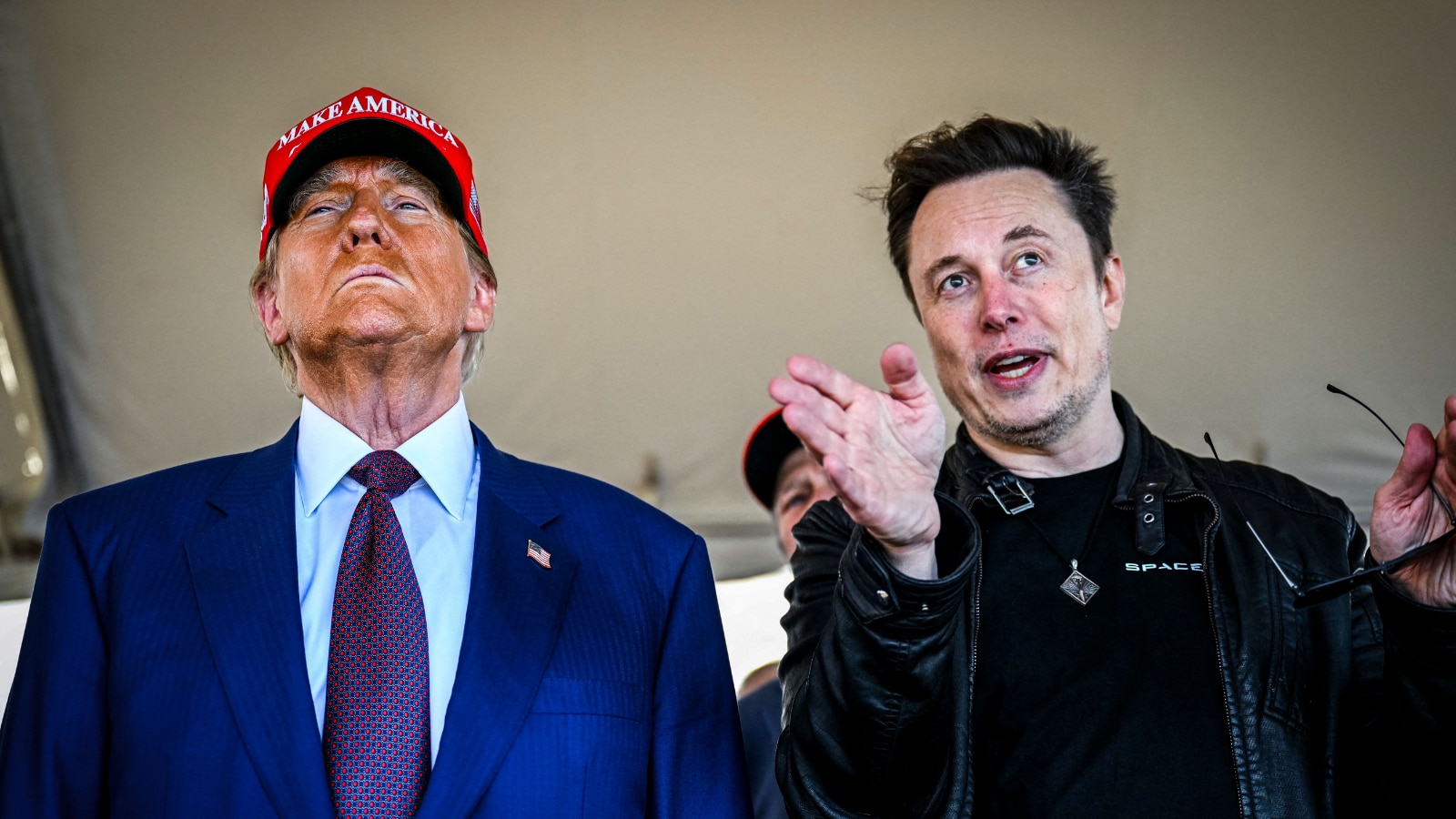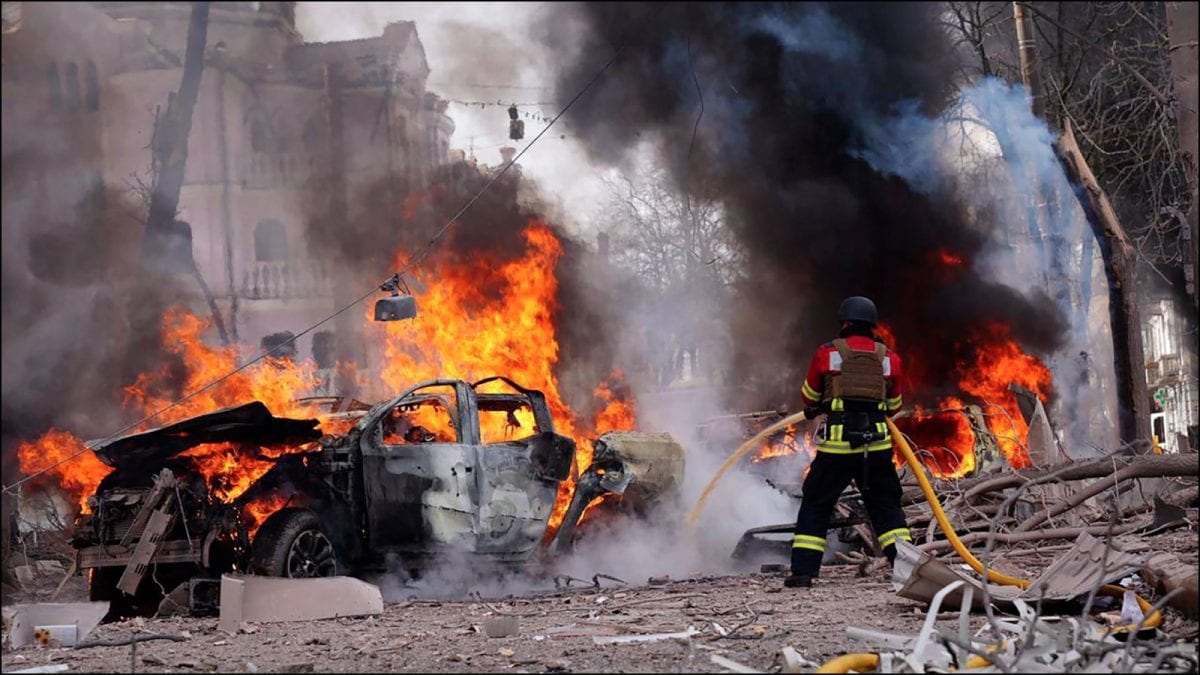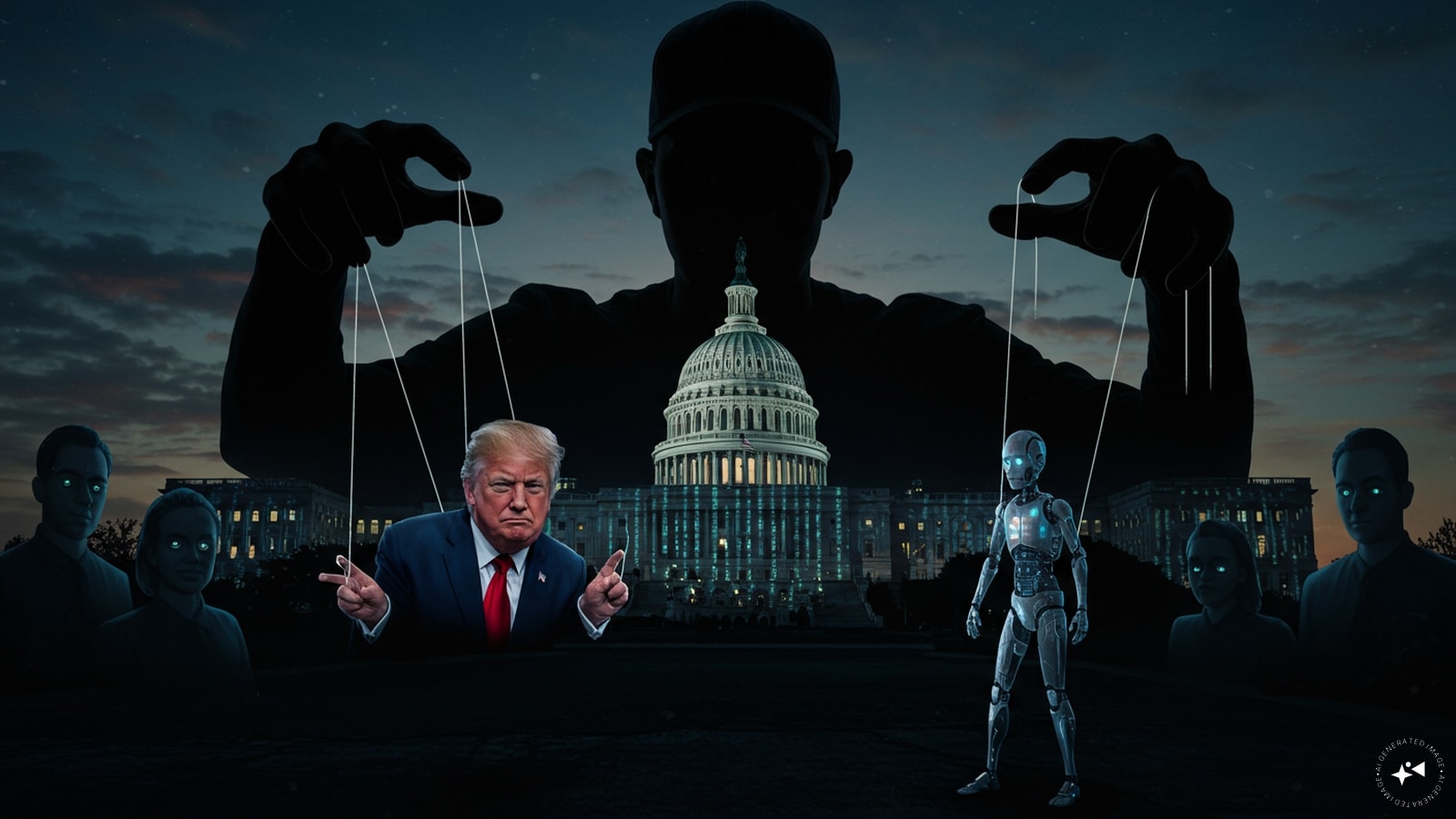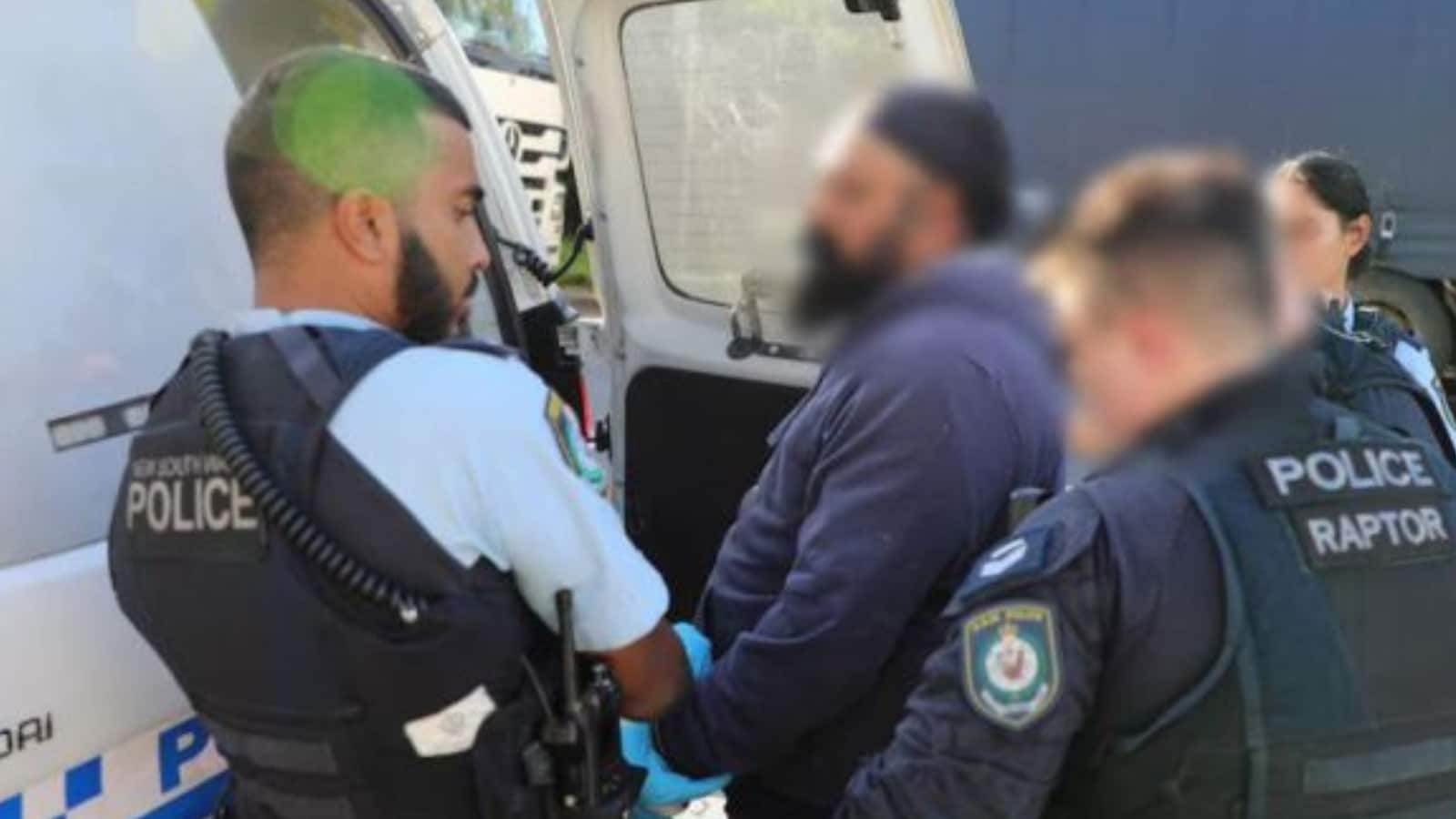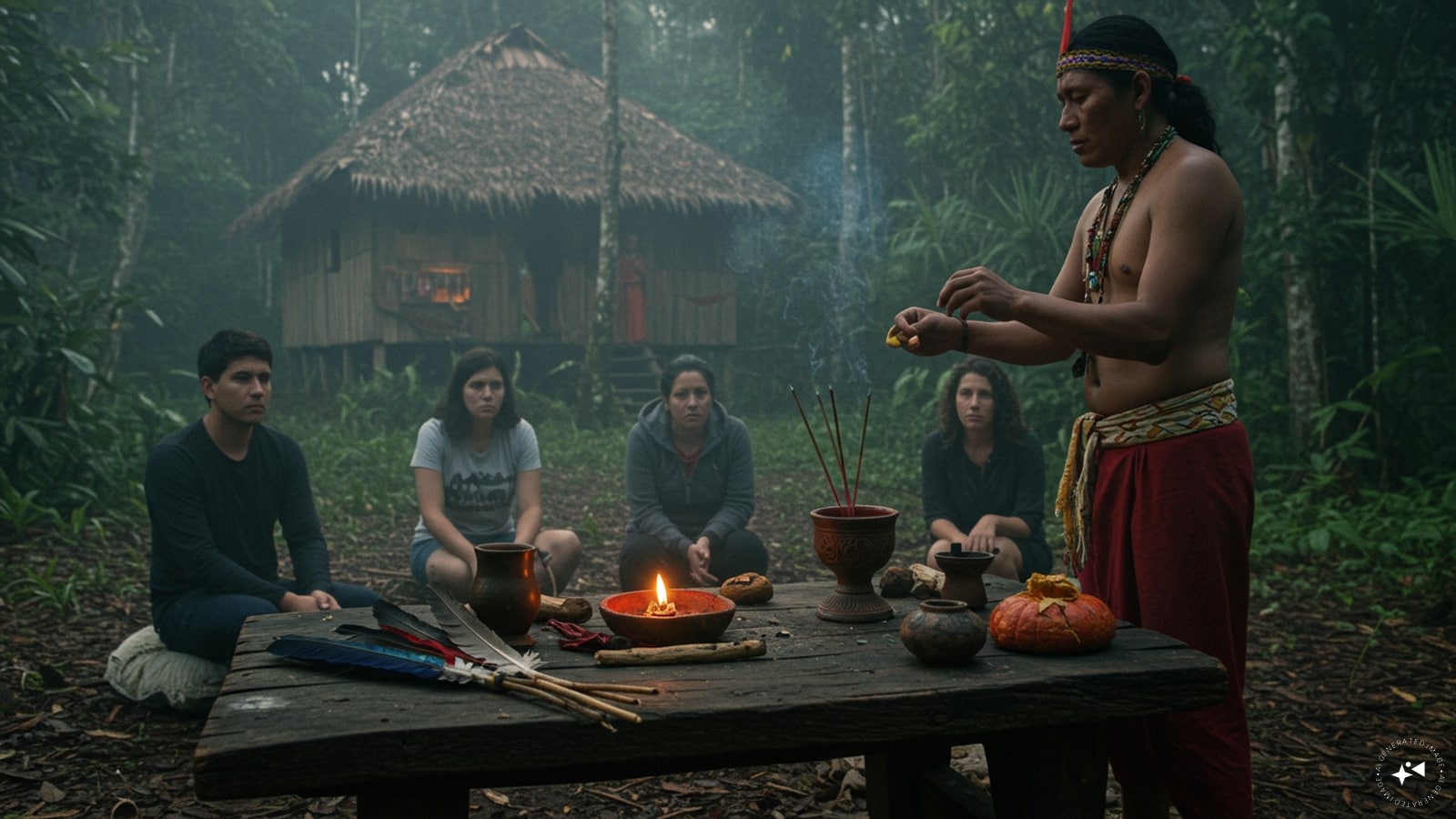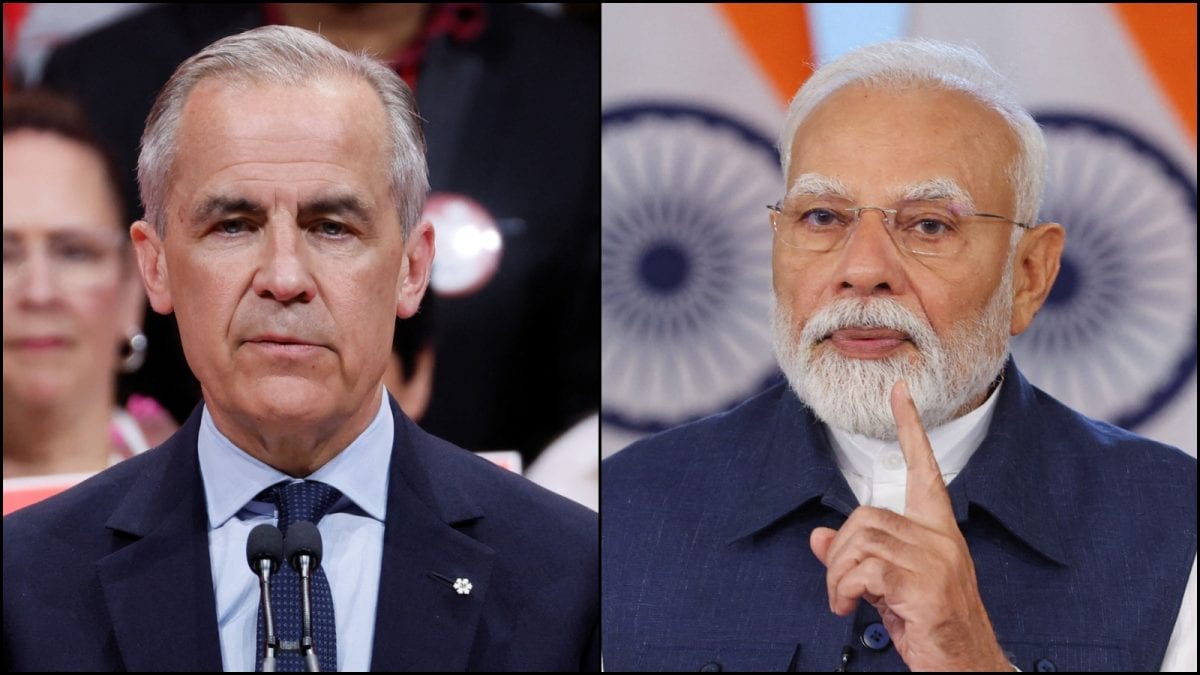As Canada heads for a crucial federal election on April 28, the world is watching — and one country watching especially closely is India.
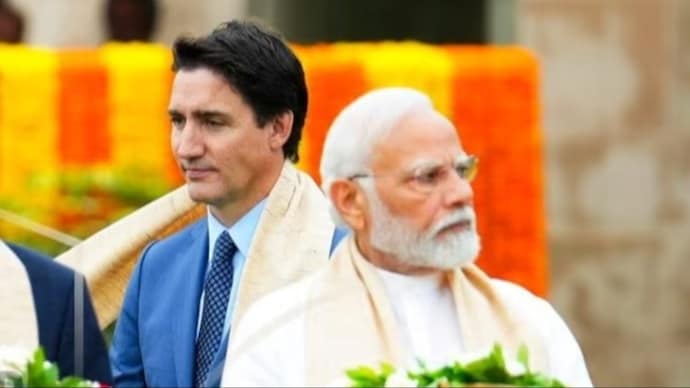
The probe is likely to further strain Canada’s relationships with India and China.
As Canada heads for a crucial federal election on April 28, the world is watching — and one country watching especially closely is India.
The election pits newly appointed Prime Minister Mark Carney, leading a revitalised Liberal Party, against the Conservative opposition leader Pierre Poilievre. While both men differ significantly on domestic policy, they are surprisingly aligned on one foreign policy front: the need to repair Canada’s fractured relationship with India.
The diplomatic spat between the two countries exploded in September 2023, when then-Prime Minister Justin Trudeau publicly accused India of involvement in the killing of Hardeep Singh Nijjar, a pro-Khalistan separatist, on Canadian soil. That triggered a sharp deterioration in ties, with tit-for-tat expulsions of diplomats, cancelled trade talks, and the freezing of bilateral cooperation.
But with Canada now in the middle of an election campaign, a reset might be possible.
The Liberal Party’s decision to replace Trudeau with economist and former central banker Mark Carney has given the party a fresh start. Carney has not only gained momentum in the polls — leading the Conservatives by six points — but also emphasised the need for pragmatic diplomacy. “India is a major global economy, a democratic partner, and an essential trading ally,” Carney said recently, signaling a willingness to move past the Trudeau-era chill.
On the other side, Poilievre has also made improving India ties a key talking point. He has criticised Trudeau’s handling of the Nijjar controversy and has called for a more “professional and respectful” approach. While reports have emerged alleging Poilievre has received support from BJP-linked groups, his stance has been welcomed in New Delhi.
The Indian Ministry of External Affairs has also indicated a desire to rebuild relations. Recent behind-the-scenes developments include renewed contact between India’s Investigation Agency (NIA) and Canada’s Royal Canadian Mounted Police (RCMP), and a visit by Canada’s spy chief to India in March. Sources suggest that both countries are considering restoring full diplomatic missions and restarting intelligence-sharing efforts.
There’s even talk that the 2025 G7 Summit in Canada could be the venue for a formal thaw in relations — perhaps a meeting between Indian and Canadian leadership.
Still, the path forward is not without obstacles.
A criminal investigation into Nijjar’s killing is ongoing in Canada, and any new findings could derail efforts to improve ties. Moreover, core disagreements remain unresolved. India continues to express concern about the activities of pro-Khalistan groups in Canada, while Ottawa maintains suspicions of Indian interference in domestic affairs.
In short, the political will exists to fix the relationship — but deep-rooted mistrust persists.
The economic incentives are clear: India offers Canada a dynamic and growing market, while Canada is looking for stable partners beyond the U.S. in an era of rising economic nationalism. A trade agreement could boost Canadian exports to India by nearly 47%.
Whether it’s Carney or Poilievre in office come May, the opportunity is there. But turning the page will require more than just diplomatic niceties — it will require a hard reckoning with the past.
Published By:
indiatodayglobal
Published On:
Apr 17, 2025

 1 month ago
1 month ago





